ABOUT GREEN IRRIGATION
Start with appropriate plants
Choosing drought-tolerant plants is an effective way to conserve water that would otherwise be devoted to thirstier species. Plants that are adapted to local conditions won’t need much supplemental watering, and they should be healthier in general than unfamiliar non-native species.
Even so, some plants are likely to need watering at least occasionally. Automatic sprinklers that are activated by a timer are one approach, but conventional sprinklers are inefficient. Plants need moisture at root level, not on the leaves, and a high proportion of water that is sprayed into the air is lost to evaporation.
Water requirements vary. Water needs vary depending on the plants. A system that distributes water indiscriminately will overwater some plants and underwater others.
Soil also counts. Even with the right plants and an effective irrigation system, soil type plays a huge part in getting the water to the plants. Heavy clay can hold a lot of water but doesn’t make it all available to plant roots; sandy soil lets the water pass right through before the plants can grab it. Having the right soil for your plants is just as important as watering them.
A pond can be an irrigation ally. Water for irrigation can be stored in a natural or man-made pond. When the terrain allows it, a gravity fed irrigation system is a low-impact way of providing water for plantings without tapping into potable water supplies. In addition, a pond can be an appealing landscape feature with its own collection of plants.

This article is only available to GBA Prime Members
Sign up for a free trial and get instant access to this article as well as GBA’s complete library of premium articles and construction details.
Start Free TrialAlready a member? Log in
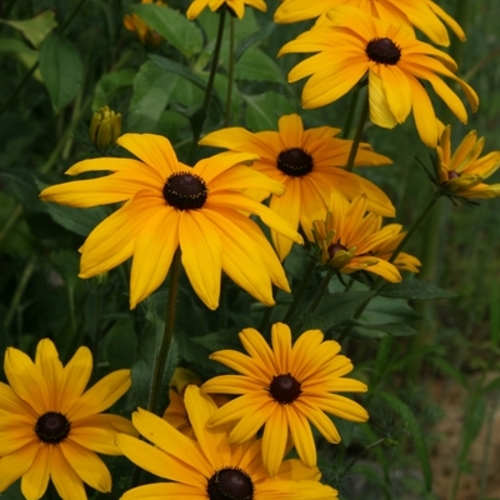
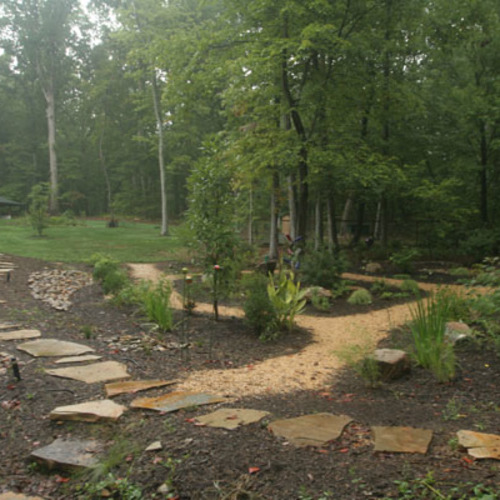
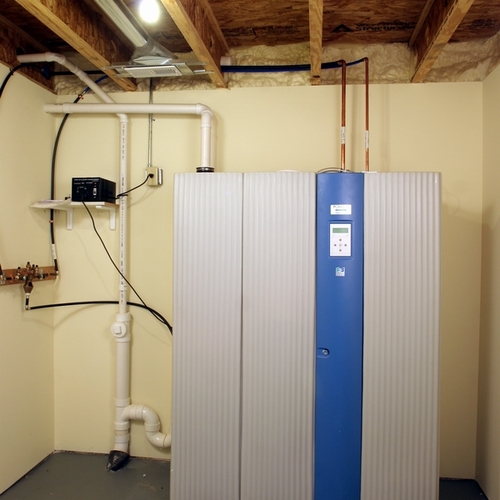
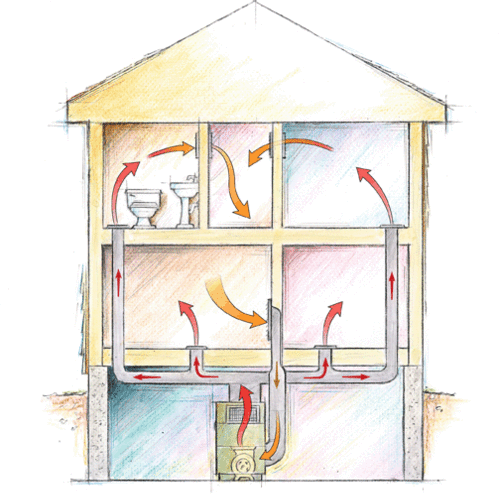
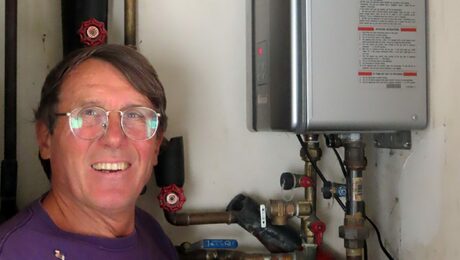

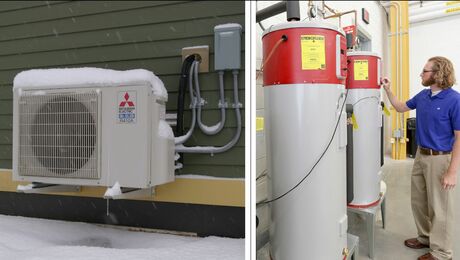
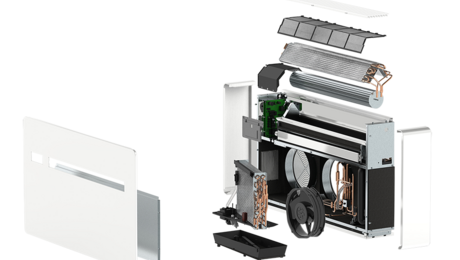
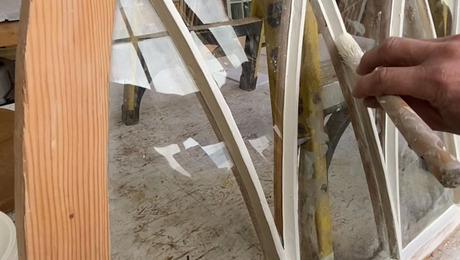
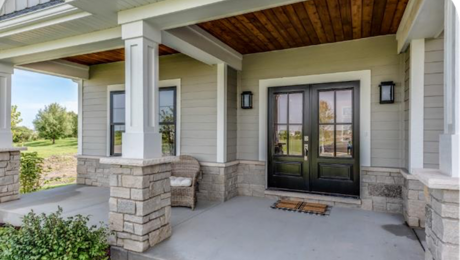
One Comment
http://www.irrigationthatmake
http://www.irrigationthatmakessense.org is a great website with green irrigation ideas. They feature a subsurface product that reduces water use by 80%
Log in or become a member to post a comment.
Sign up Log in